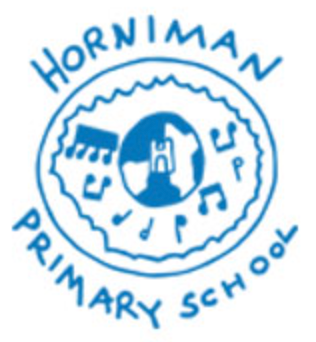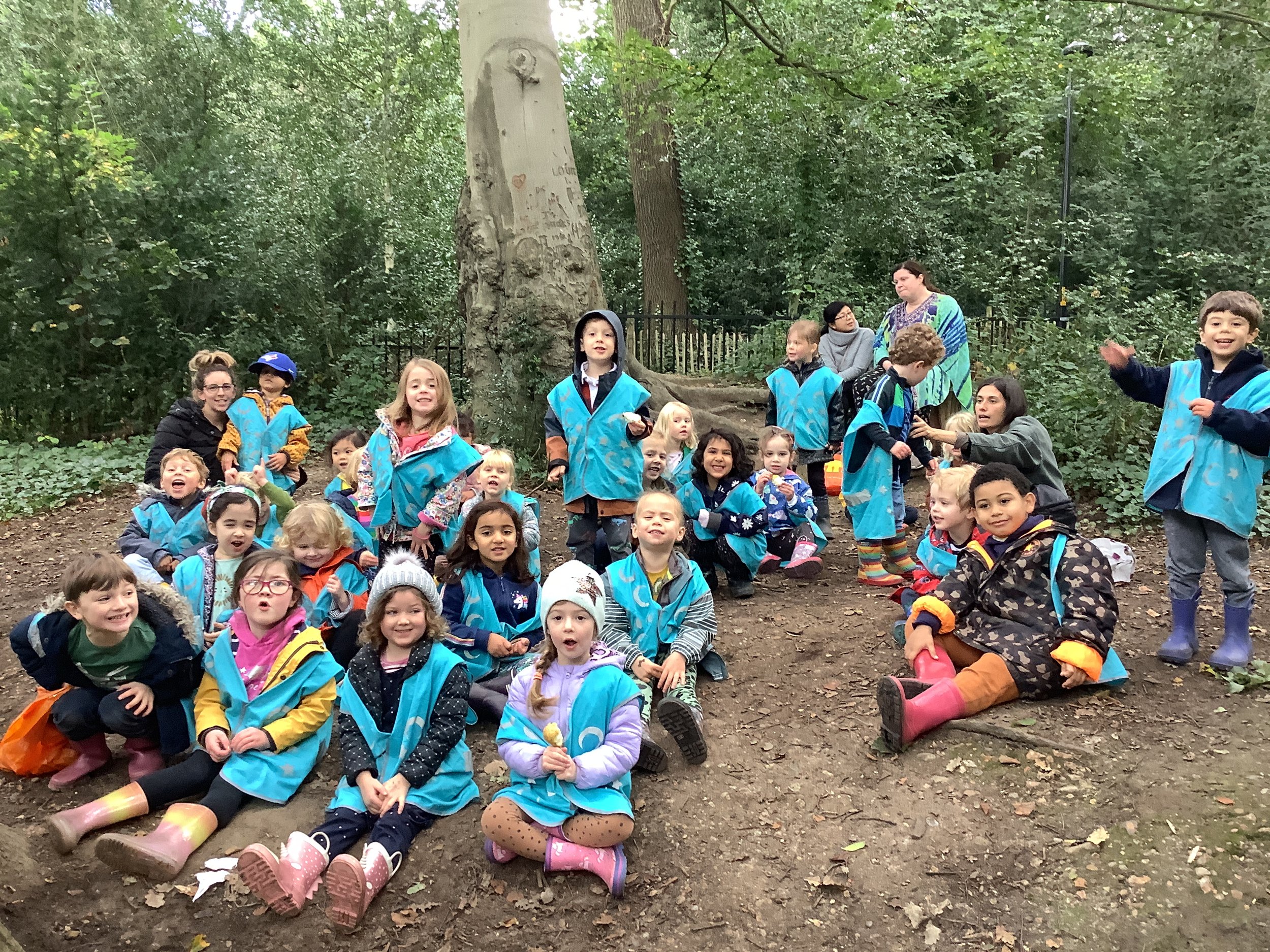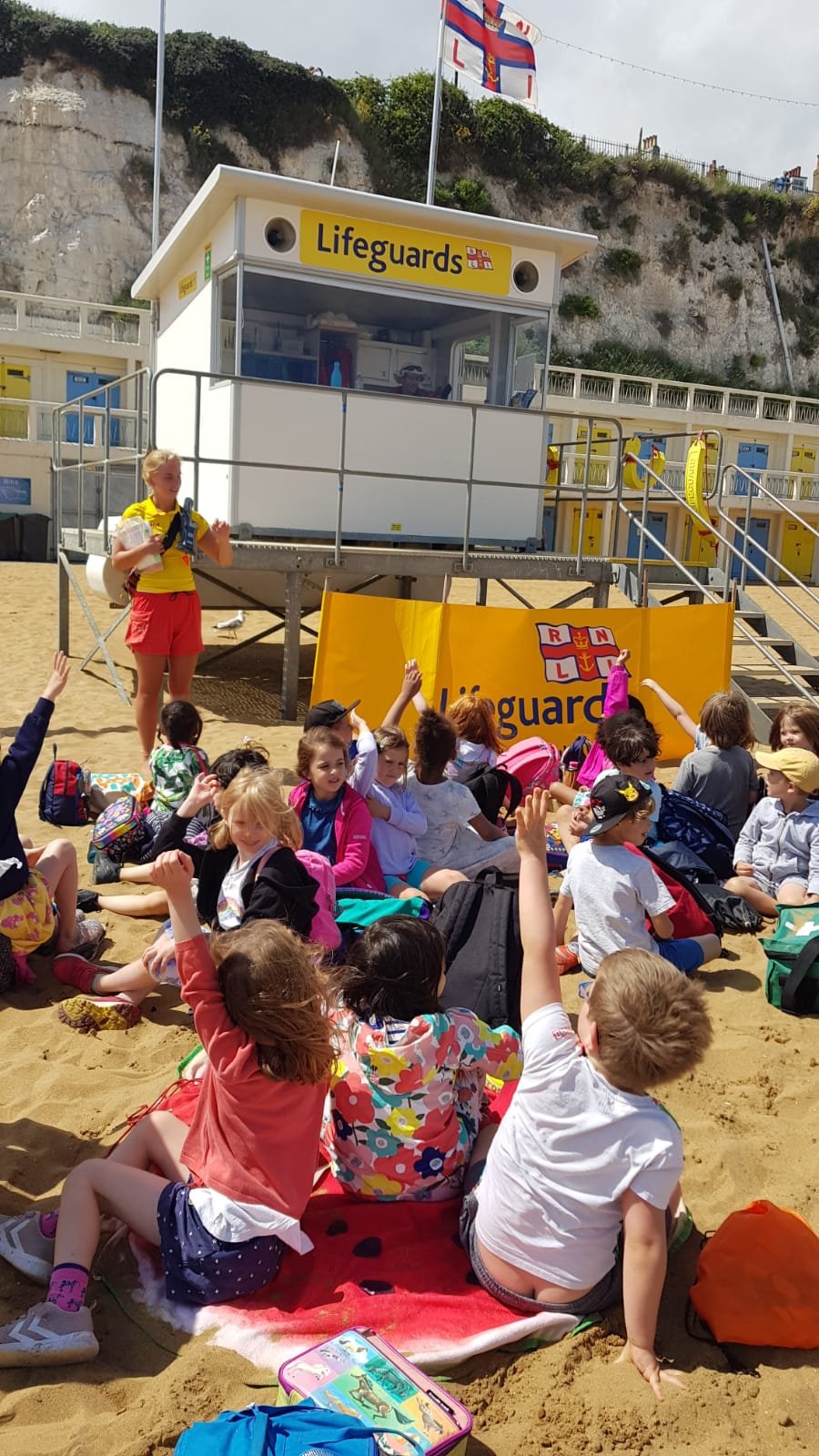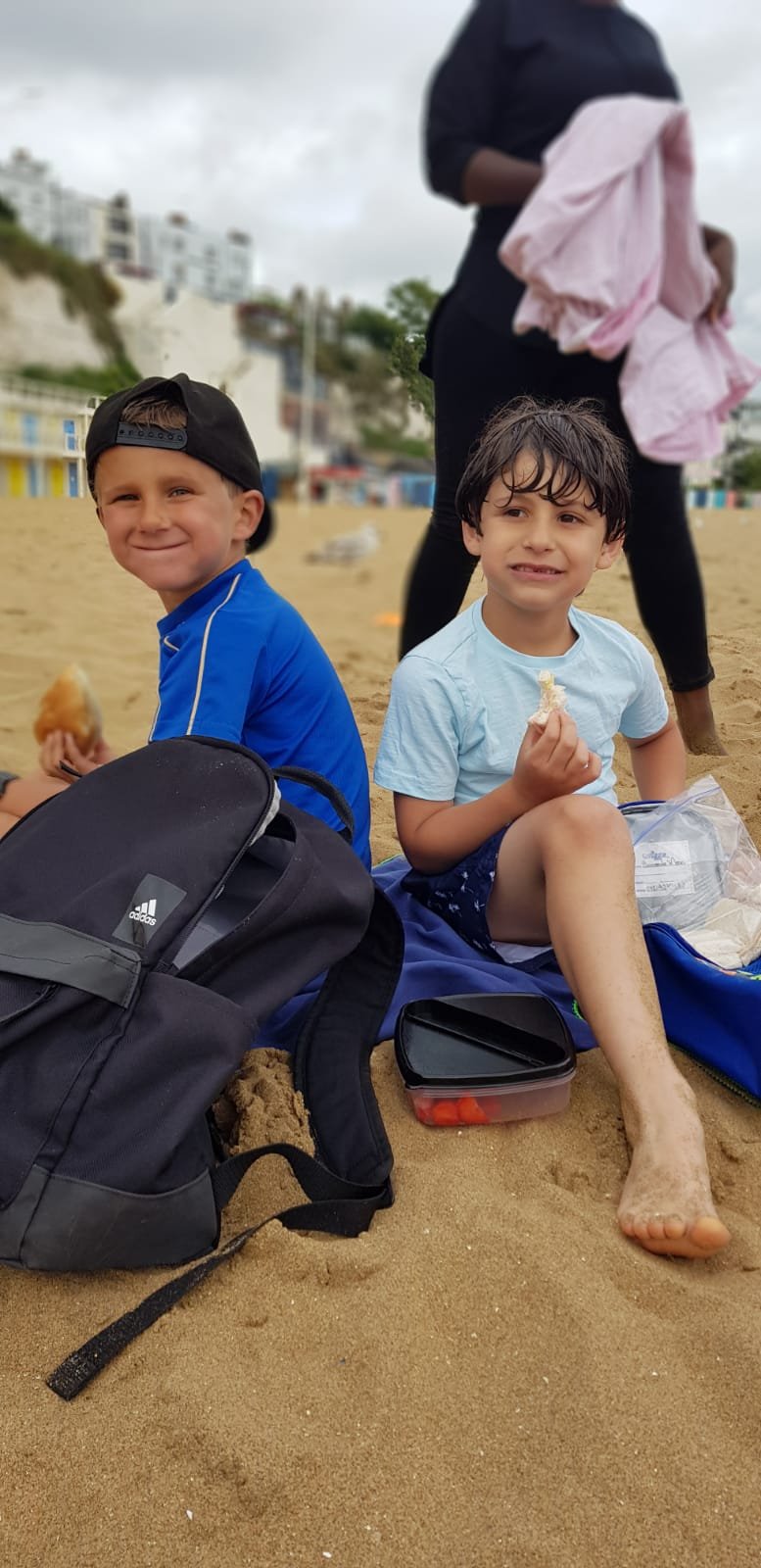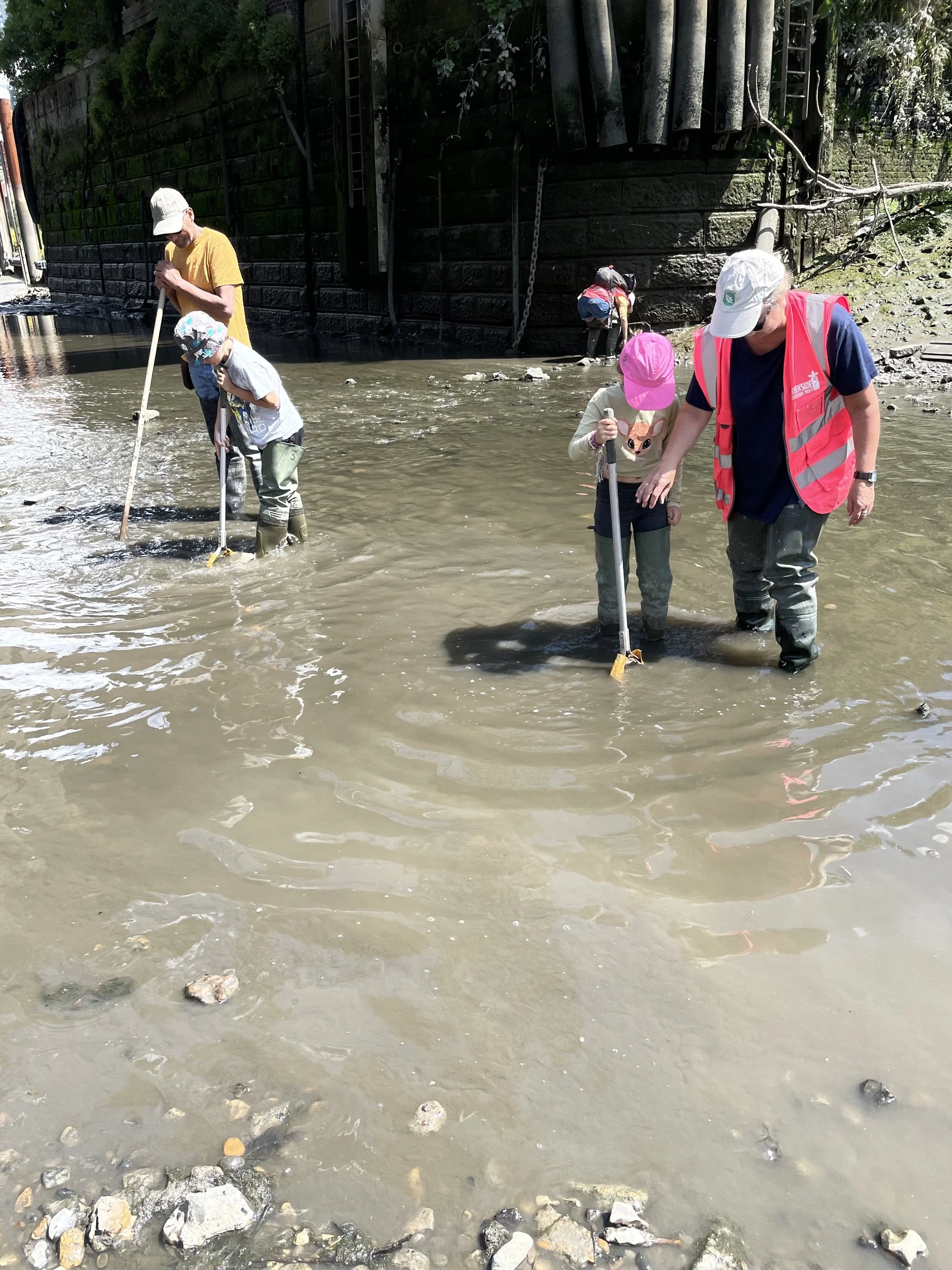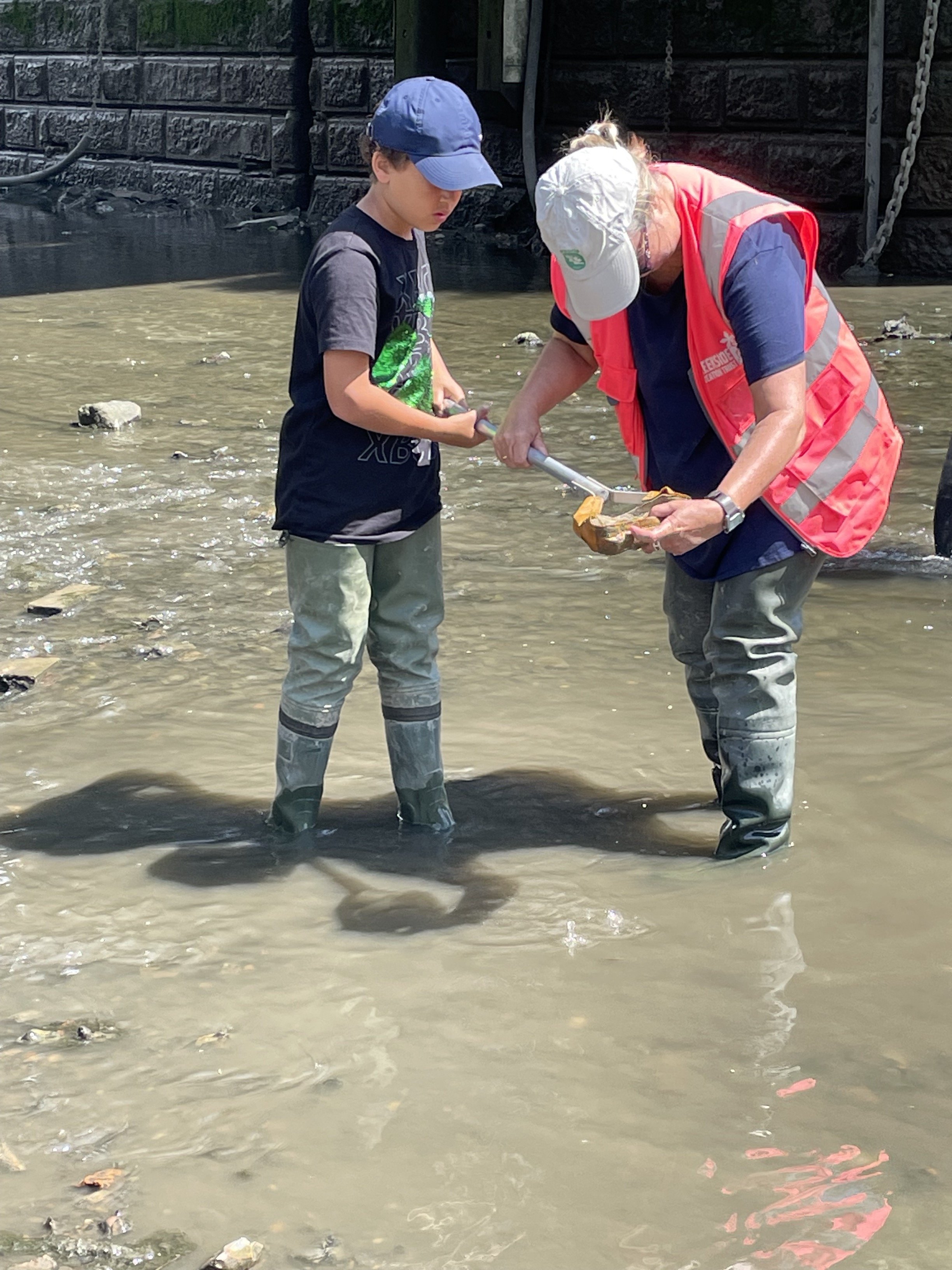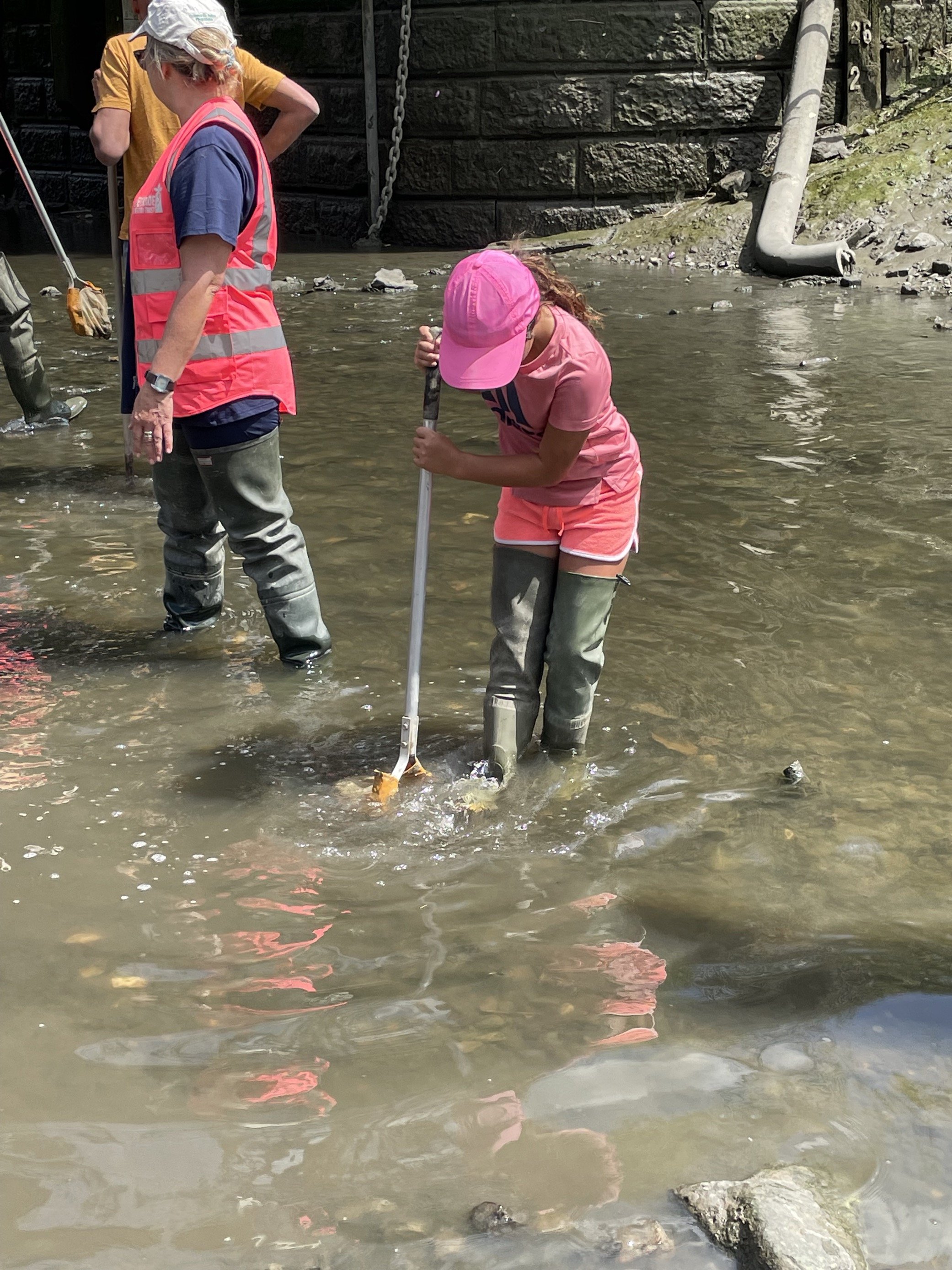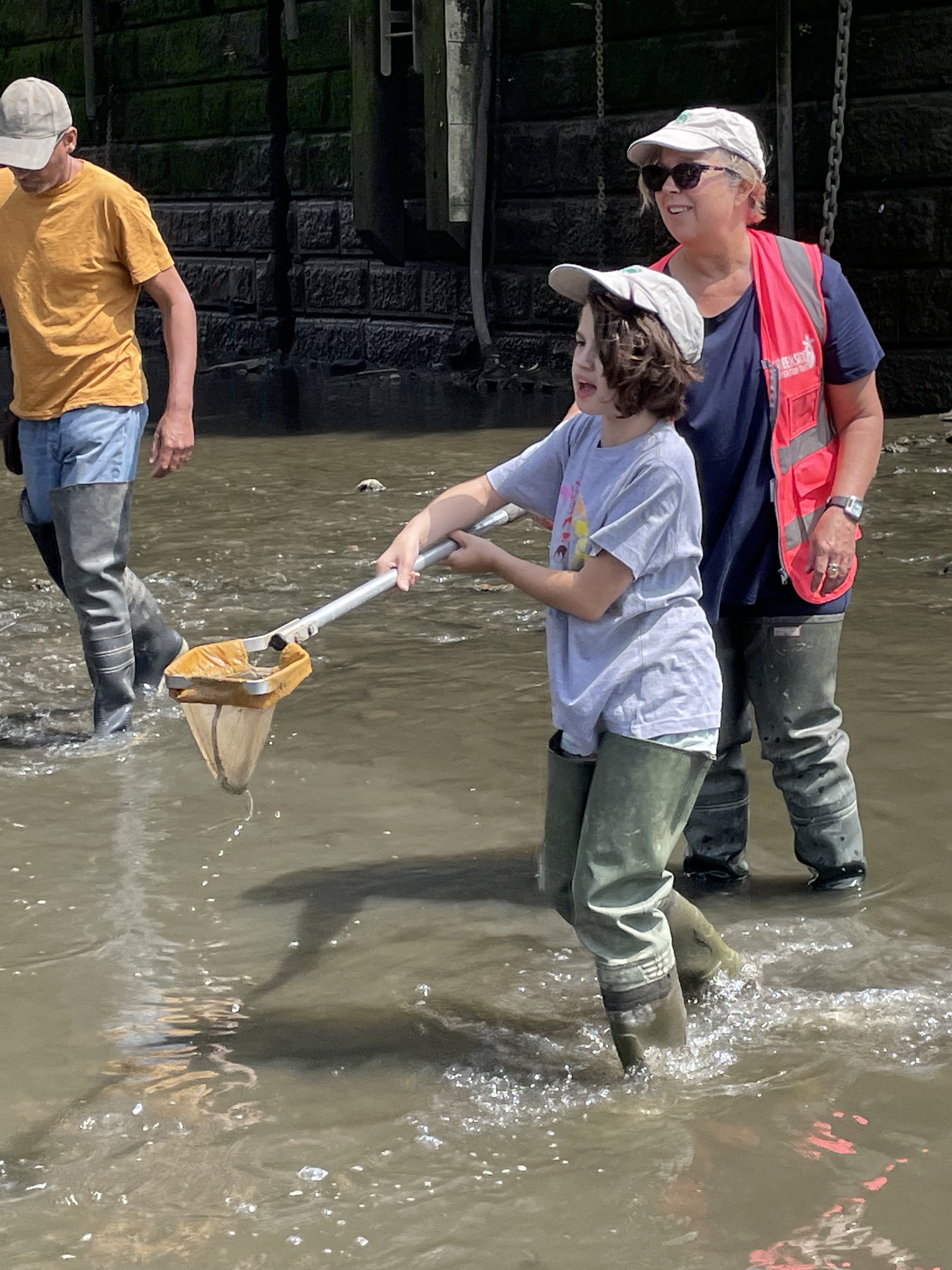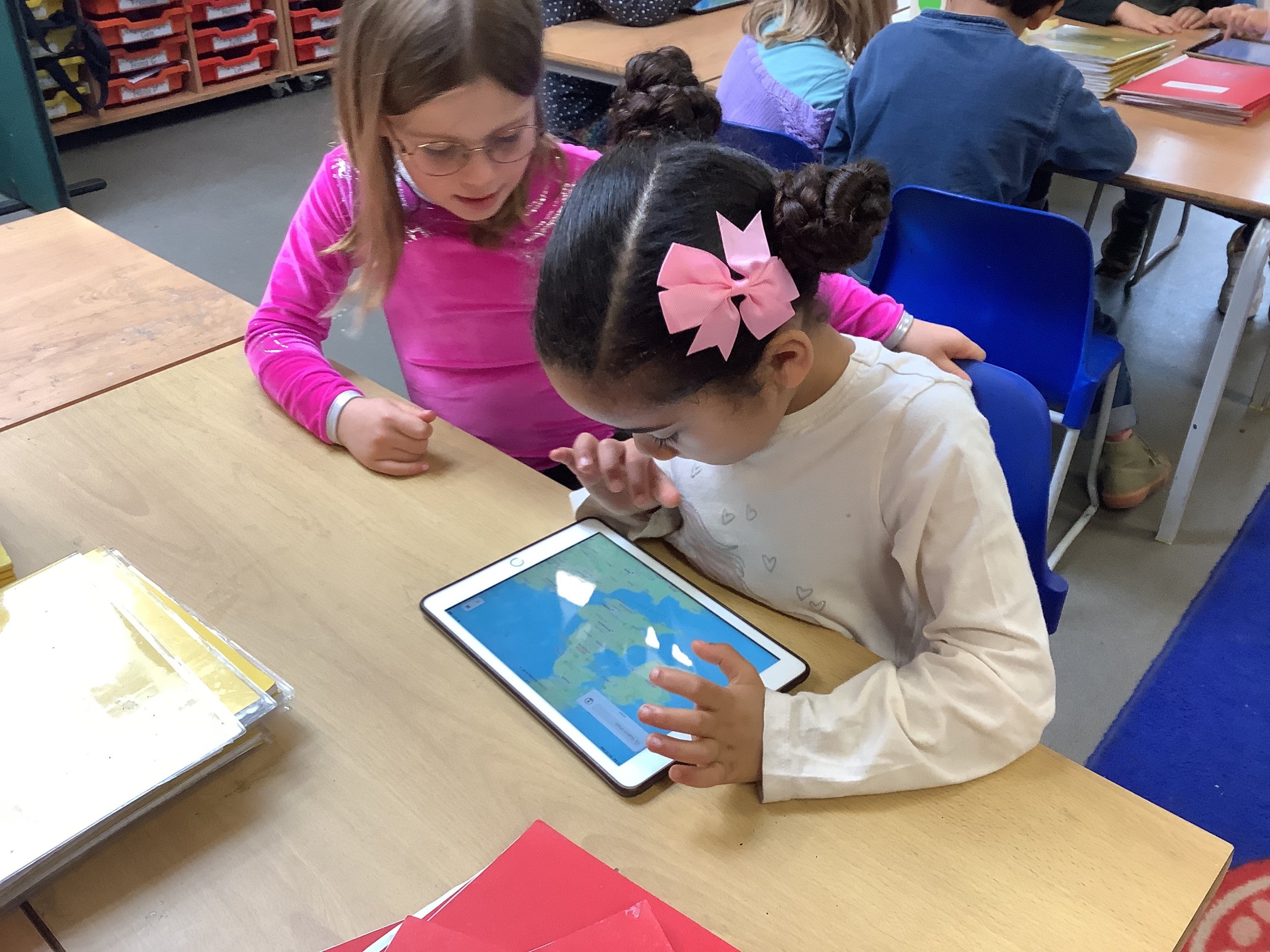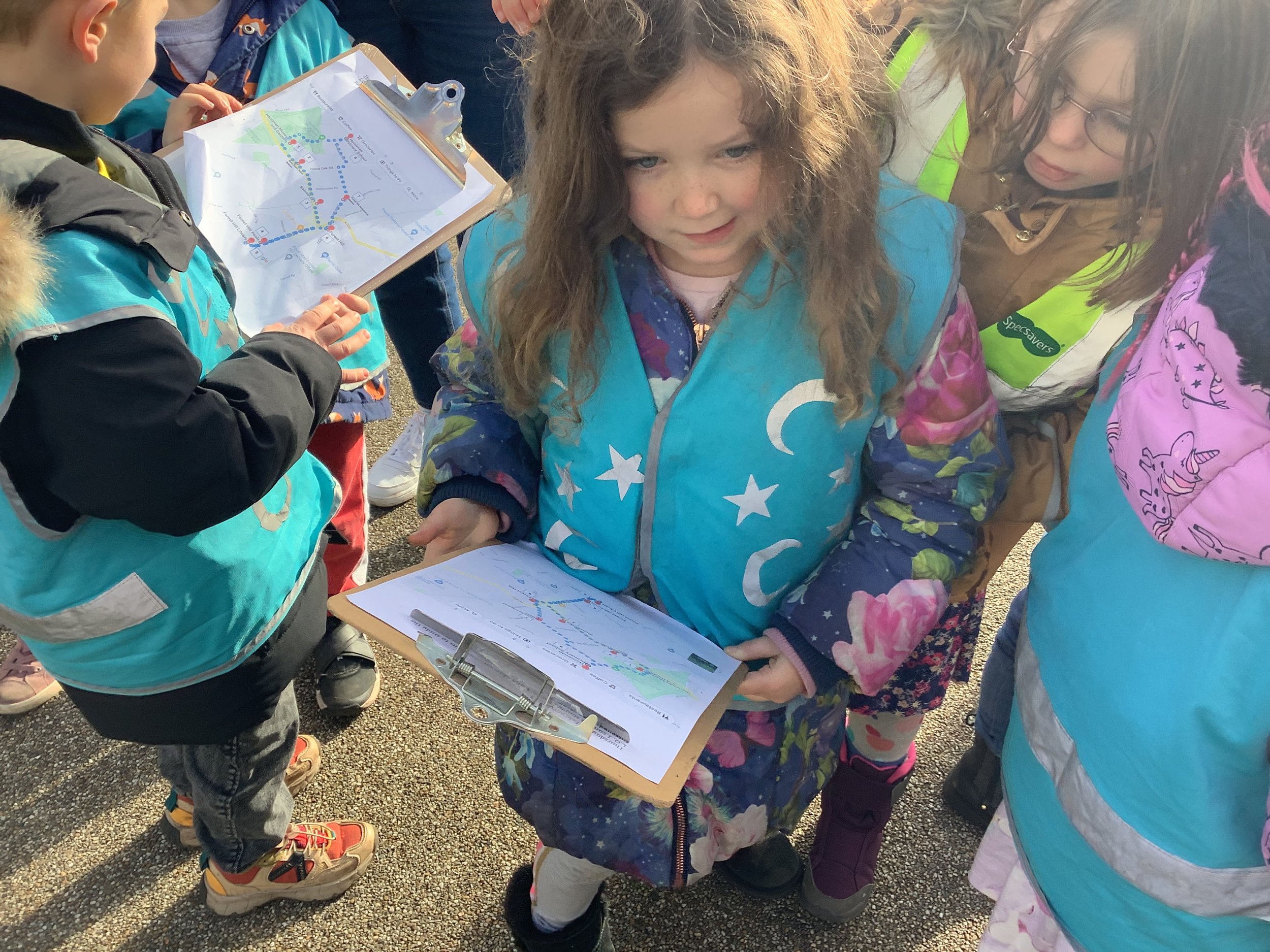
Geography
Intent
At Horniman School we facilitate pupils to become first-rate geographers through the development of the children’s geographical knowledge, understanding and skills. We aim to increase their knowledge of natural and human environments, together with a deep understanding of the Earth’s key physical and human processes. As pupils journey and progress through the school, their increased understanding of the world helps them deepen their understanding of the relationship between human and physical processes. Through high quality teaching and resources available in our school, Geography encourages the children to respect and appreciate the diversity of our world and its different cultures. In our ever-changing world, we understand the importance of encouraging and promoting sustainability and for the children to know how they can help make a difference and for their voices to be heard.
How is Geography taught?
Following the National Curriculum, the children are exposed to at least 2 geography topics per year. They have been planned to ensure progression as they work their way up the school, to allow children to build on the key skills such as map reading and using directional language. In order to broaden their knowledge of human and physical geography and place and locational knowledge, the case studies that are chosen for each year group allow for previous knowledge to be utilised and built on.
Each topic is driven by an enquiry question. These are recorded below in the Curriculum Overview. These help motivate and encourage the children to apply their new learning each lesson to answering the enquiry question.
Curriculum Overview
-
Where are we in the world. Where do we live? Where is our school? Where is China? Is it similar to where we live? Why/ why not?
Drawing and using maps of the classroom- pirates.
Gather information from a simple map (land/ sea)
Think about climates in different parts of the world- what animals live in those places and why?
Comparing the seasons and identifying changes
Creating a love and appreciation for the natural world
-
Physical Geography
Weather
What do you need to know to be a weather forecaster?
Place Knowledge
Local area- Forest Hill
What would people find in my local area?
Contrasting locality- The Seaside
Why do people go to the seaside?
-
Place Knowledge
The Local area- Forest Hill
How has the local area changed?
Contrasting locality- Kenya
What is it like to live in a village in Kenya?
Locational Knowledge
Habitats
Could a polar bear live in the jungle?
-
Physical Geography
Mountains and Volcanoes
Why are there mountains and volcanoes?
Place Knowledge
Countries and capitals of Europe
Do all capital cities in Europe look the same?
-
Human and Physical Geography
Climate Change
How are humans changing the world?
The Water Cycle
When rain falls, where does it go?
Biomes and Climate Zones
Could bananas grow in every continent?
-
Human Geography
Global Trade
Is global trade fair?
Place Knowledge
Contrasting area- Brazil and the Amazon Rain forest
Could I live in the jungle?
Locational Knowledge
Map lines
Why are there lines on a globe?
-
Human Geography
Migration
Why do people migrate?
Locational Geography
Maps
Are you a map expert?
School visits and experiences
Educational visits are key for allowing children to apply the knowledge and skills learnt in the classroom, into a real life setting.
Some examples of trips linked to a Geography topic:
Reception visit Sydenham Woods to explore the natural world around them making observations, Year 1 visit Broadstairs beach for their study on contrasting locations between their local area and Year 4 visit Deptford Creek fas part of their topic on Rivers.
Y6 worked with Peoplescape Theatre to create ‘Across the Ocean’ as part of their learning about migration.
